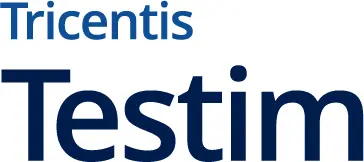As you may already know, Testim provides the flexibility to extend the functionalities of our platform by allowing teams to add their own JavaScript code. However, there may be situations where you need to use built-in JavaScript methods within the Testim JavaScript editor.
For example, if you want to check if an element is enabled on the page, you could use the following code:
if (!element.disabled) {
return true;
}
return true;
}
But how do you know you can use the built-in method
disabled() here? The answer is simple. Just follow these steps:- Open any web page on your Chrome browser.
- Right-click on an element and select “Inspect.”
- Navigate to the Console tab.
- Start typing “$0.”
- Observe all the built-in methods supported by Chrome.
The same methods are supported by Testim as well. Additionally, we support commonly used JavaScript methods such as
reload(), split(), trim(), and many more. For more JavaScript examples, check out our help document here.Testim’s ability to integrate custom JavaScript code allows teams to tailor their testing processes to their specific needs. This flexibility is particularly useful when dealing with complex scenarios that require more than just the standard testing functionalities. By leveraging built-in JavaScript methods, teams can enhance their tests and ensure they cover all necessary aspects of their applications.
Moreover, the process of inspecting elements and discovering built-in methods is straightforward and can be done directly within the Chrome browser. This ease of use ensures that teams can quickly identify and utilize the methods they need without extensive searching or guesswork.
In addition to the built-in methods, Testim supports a wide range of commonly used JavaScript functions, making it a versatile tool for automated testing. Functions like
reload(), split(), and trim() are just a few examples of the capabilities available to users. These functions can be used to manipulate data, control test flow, and perform various other tasks that are essential for comprehensive testing.For those looking to explore more JavaScript examples and learn how to maximize the potential of Testim, our help document provides detailed information and practical examples. By understanding and utilizing these features, teams can significantly improve their testing efficiency and effectiveness, leading to higher quality software and faster delivery times.




